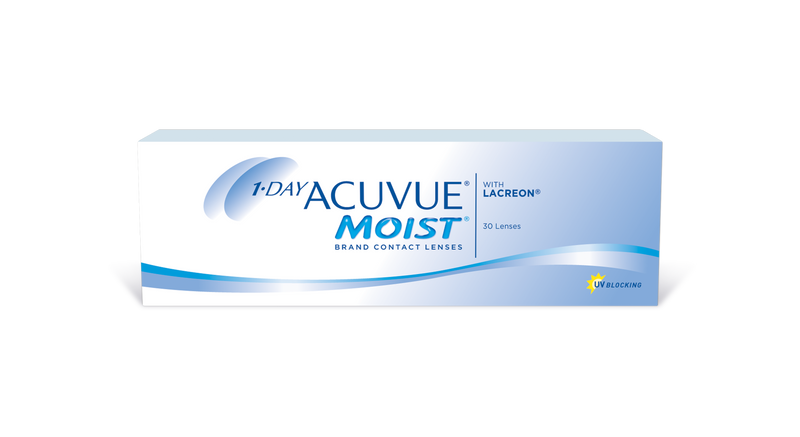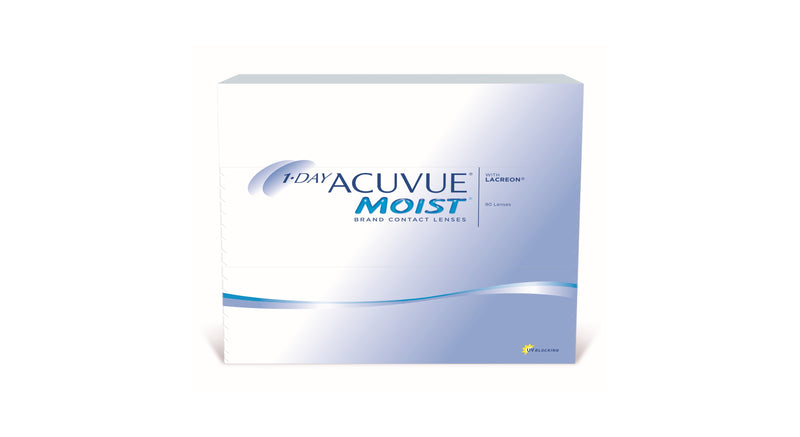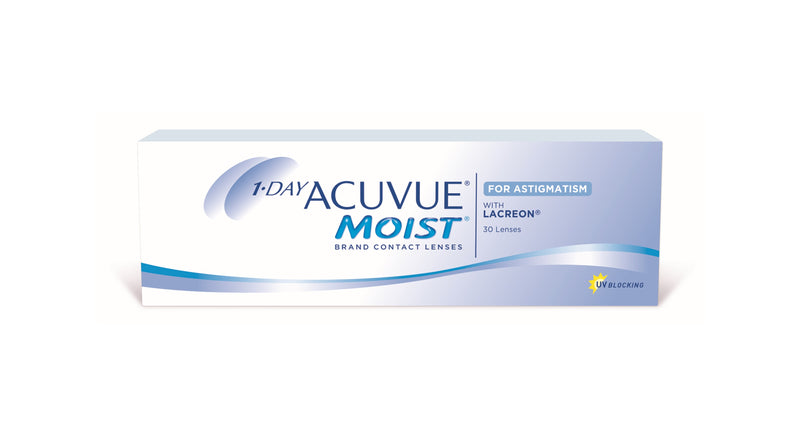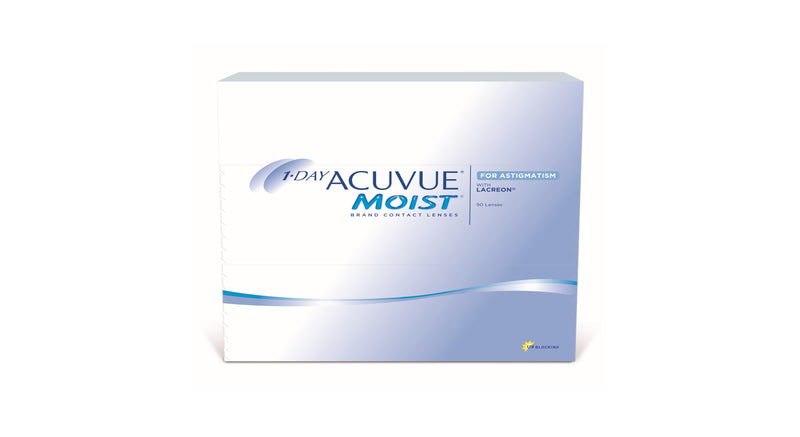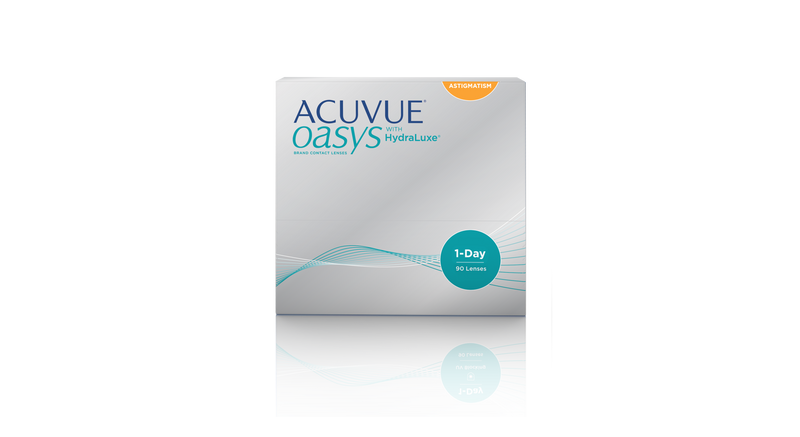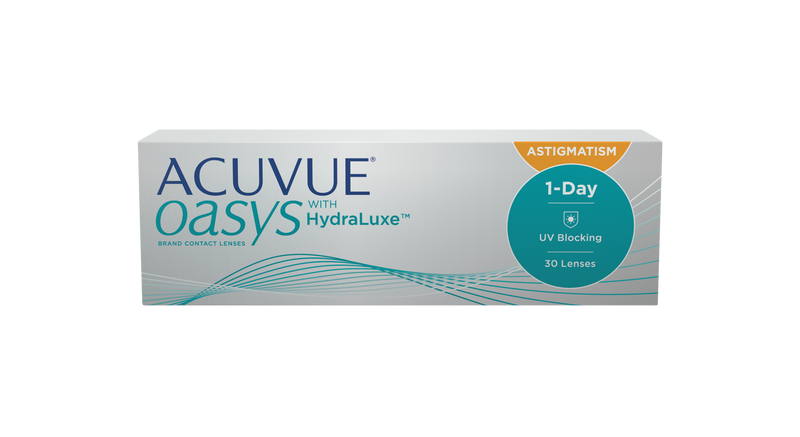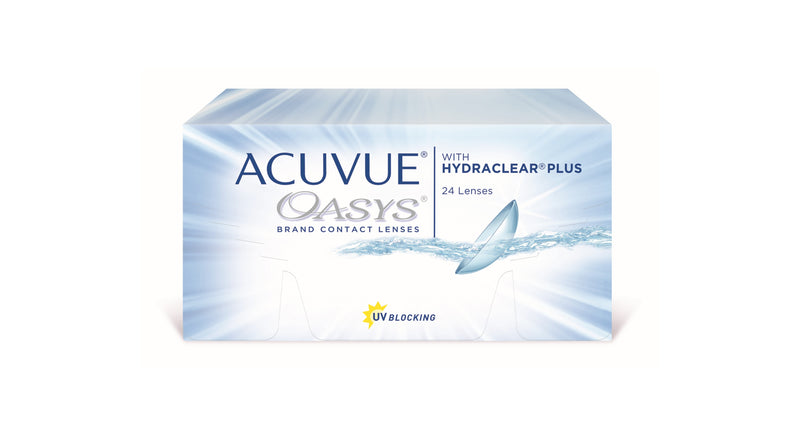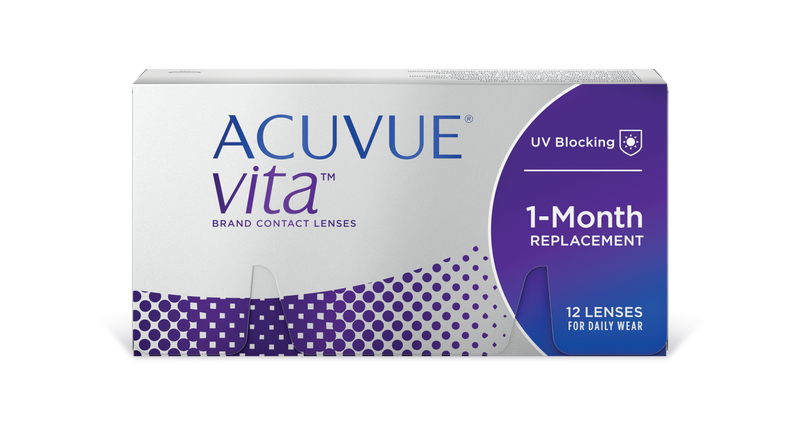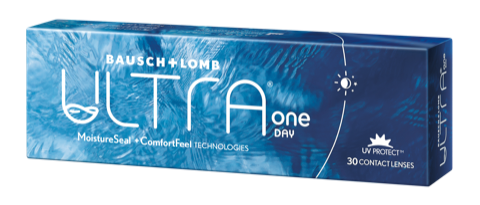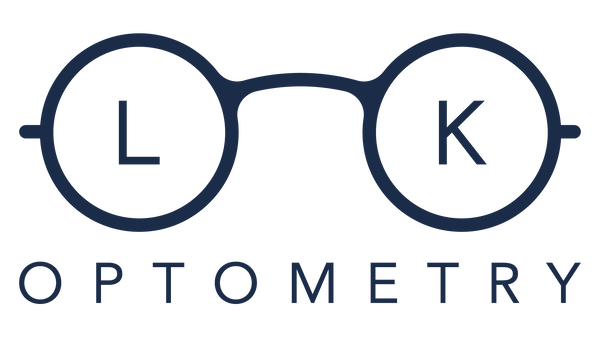
Ensuring Bright Futures: A Parent's Guide to Children's Vision Care
Share
Welcome to the Look Optometry blog, where we prioritize the eye health of our community in Surrey, including our Newton and Guildford locations. Our commitment to advanced eye care technology and personalized service shapes our approach to all aspects of vision health. Today, we focus on a crucial and often overlooked area: children's vision care.
This guide is designed to support parents in understanding and nurturing their children's eye health, reflecting our ethos of comprehensive, patient-centered care. Whether it's routine check-ups or addressing specific vision challenges, we're here to guide you through every step of your child's eye health journey.
Understanding Children's Vision

Basics of Vision Development in Children
Vision is a key aspect of overall development in children, evolving significantly from infancy through adolescence. In the early months, babies start to focus on nearby objects, and as they grow, their vision gradually expands to include wider, more complex visual landscapes. It's crucial for parents to understand these developmental stages, as they provide a roadmap for what to expect and when to seek professional advice.
Common Vision Issues in Children
Many children experience vision problems, some of which may not be immediately obvious. Common issues include myopia (nearsightedness), hyperopia (farsightedness), and astigmatism. Parents should be vigilant for signs like squinting, frequent eye rubbing, or avoiding activities that require visual focus. Early detection of these issues is key, as untreated vision problems can affect a child's learning, social development, and overall quality of life.
Importance of Regular Eye Examinations
Regular eye exams are critical in ensuring the healthy development of your child's vision. Many vision problems can be easily managed or corrected if detected early, making regular check-ups an essential part of pediatric eye care.
When and Why to Get Eye Exams
The Canadian Association of Optometrists recommends that children have their first eye exam between six and nine months of age, followed by at least one exam between the ages of two and five, and annually thereafter. These exams are crucial for detecting issues that, if left untreated, could affect a child's ability to learn and engage with the world around them.
Choosing the Right Eye Care Professional
Selecting a qualified eye care professional is key. At Look Optometry, we offer comprehensive eye exams using the latest technology, ensuring that any potential issues are identified and addressed early. Our team of experienced optometrists is skilled in pediatric eye care, making them an excellent choice for your child's eye health needs.
Protecting and Enhancing Your Child's Vision

Daily Vision Care Tips
Good vision care habits start at home. Encourage your child to take regular breaks during reading or screen time to reduce eye strain. Ensure they play outdoors, as natural light is beneficial for eye health. Additionally, a diet rich in fruits, vegetables, and omega-3 fatty acids can support vision development.
Vision-Friendly Activities and Exercises
Engaging your child in activities that encourage visual tracking and focus can be fun and beneficial. Simple games like 'I Spy', puzzles, and drawing are great for developing visual skills. Eye exercises, especially those recommended by an optometrist, can also be incorporated into your child’s routine.
Navigating Vision Problems and Treatment

Understanding and Managing Common Treatments
Vision problems in children can range from common refractive errors like myopia (short-sightedness) and hyperopia (long-sightedness) to more complex conditions such as amblyopia (lazy eye) and strabismus (crossed-eyes). These issues can significantly impact a child’s academic, sports, and social performances, given that vision accounts for 80% of classroom learning. Early detection and treatment are therefore crucial to prevent long-term effects on a child’s development and learning abilities.
Treatments for Amblyopia (Lazy Eye): Amblyopia can be managed using several methods, including patching, pharmacological penalization, and optical penalization. Patching involves covering the stronger eye to stimulate the weaker one. Pharmacological penalization uses drugs like Atropine to blur vision in the stronger eye, forcing the amblyopic eye to work harder. Optical penalization involves using a translucent filter over the lens of the non-amblyopic eye to cause blur, making it cosmetically less noticeable than an eye patch.
Managing Strabismus (Crossed-Eyes): Strabismus affects a small percentage of children and can lead to symptoms like double vision, headaches, and reading difficulties. Clinical techniques such as the use of cover tests and the Hirschberg test are employed to assess this condition. The first line of treatment often includes corrective spectacles, and in more severe cases, surgical intervention might be considered.
Accommodative and Vergence Disorders: These disorders, common in school-aged children, can impact reading and learning abilities. Symptoms include difficulties in maintaining proper binocular eye alignment and visual discomfort at near. Treatments include corrective lenses, vision therapy, and orthoptics, which aim to improve deficient accommodative and vergence skills.
Supporting a Child with Serious Vision Impairments
In cases of serious vision impairments, comprehensive and continuous care is essential. It's important to provide the child with the necessary support and resources to manage their condition effectively. This includes regular check-ups, personalized treatment plans, and, if needed, special educational accommodations to ensure the child continues to thrive academically and socially.
The Role of Technology in Children's Eye Health

Technology plays a dual role in children's eye health. While it can contribute to issues like eye strain from prolonged screen time, it also offers innovative solutions for vision therapy. Modern technologies and computer-based therapies have transformed traditional vision exercises into engaging and interactive activities, making the treatment process more appealing to children. These advancements in vision therapy are not only about eye exercises but also improve eye-brain communication and the overall efficacy of the visual system.
In conclusion, understanding and managing common vision problems in children is a crucial aspect of ensuring their overall well-being and development. Regular eye exams and appropriate treatments can significantly mitigate the impact of these conditions.
As primary eye care providers, Look Optometry advocates for comprehensive eye exams and the early detection and management of vision disorders, ensuring the best possible outcomes for our young patients.
